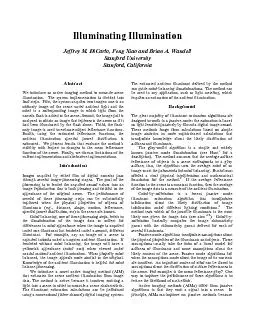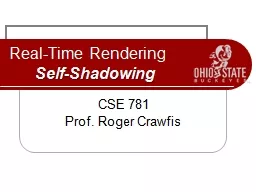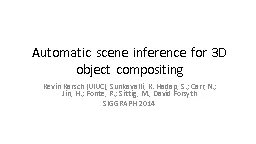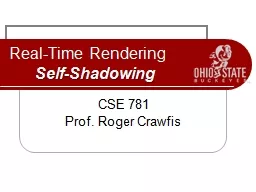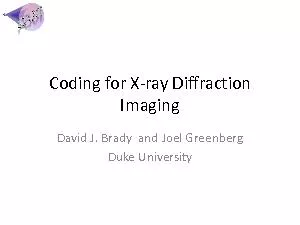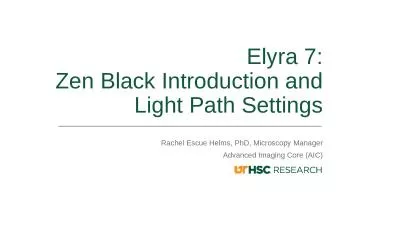PDF-We introduce an active imaging method to measure scene illumination.
Author : mitsue-stanley | Published Date : 2015-08-11
the emitted signal can measure properties of the scene and thus provide a better basis for the assumptions about the image AIMs are used in various types of camera
Presentation Embed Code
Download Presentation
Download Presentation The PPT/PDF document "We introduce an active imaging method to..." is the property of its rightful owner. Permission is granted to download and print the materials on this website for personal, non-commercial use only, and to display it on your personal computer provided you do not modify the materials and that you retain all copyright notices contained in the materials. By downloading content from our website, you accept the terms of this agreement.
We introduce an active imaging method to measure scene illumination.: Transcript
Download Rules Of Document
"We introduce an active imaging method to measure scene illumination."The content belongs to its owner. You may download and print it for personal use, without modification, and keep all copyright notices. By downloading, you agree to these terms.
Related Documents

